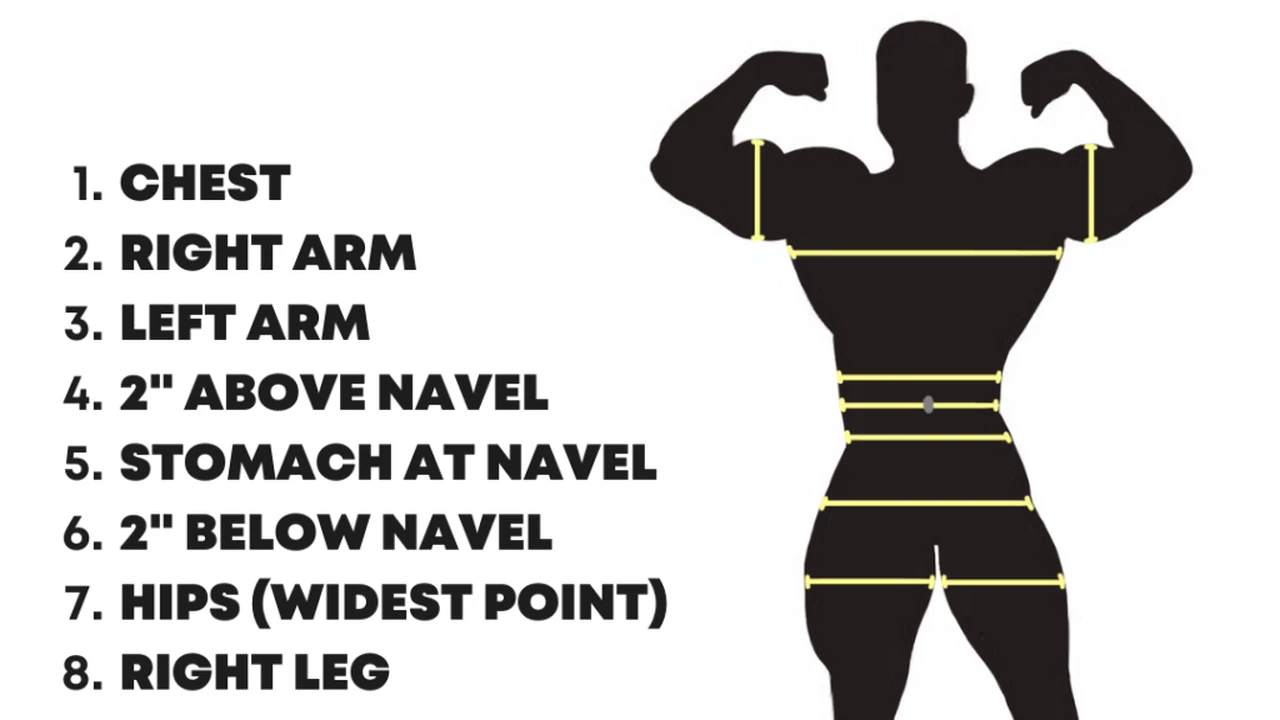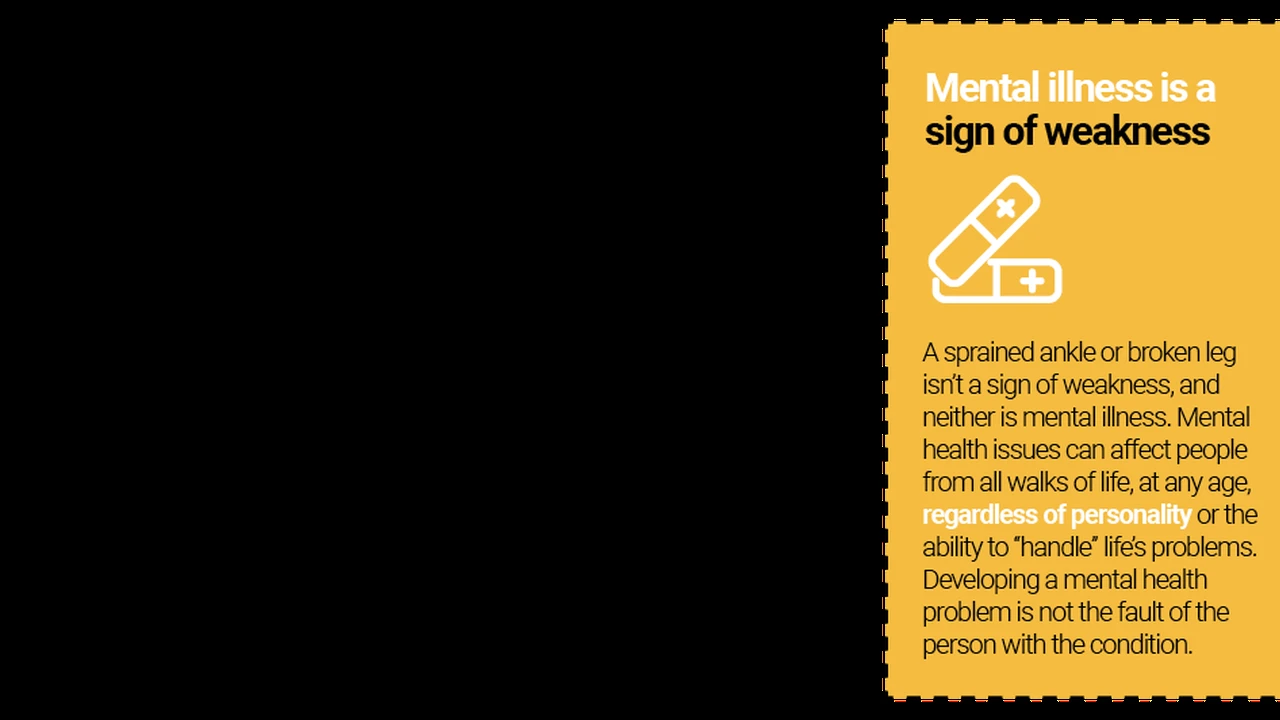How to Track Your Progress: Weight, Measurements, and Photos
Sample meta description.

Why Tracking Your Weight Loss Progress is Crucial Weight Loss Journey Accountability
Okay, let's be real. Starting a weight management journey can feel like climbing Mount Everest. You're excited, maybe a little nervous, and definitely wondering if you packed enough snacks (metaphorical snacks, of course!). But just like any big adventure, knowing where you are on the path is key. That's where tracking your progress comes in. It's not just about seeing the numbers go down on the scale; it's about so much more.
Think of it as your personal GPS for weight loss. It gives you real-time feedback, helps you stay accountable, and keeps you motivated when you feel like throwing in the towel. Without tracking, you're basically wandering in the dark, hoping you're heading in the right direction. Trust me, having that data in front of you makes a HUGE difference. It's like having a cheerleader and a coach all rolled into one.
The Scale Your Weight Loss BFF or Your Frenemy Weight Monitoring
The scale. Oh, the scale. It can be your best friend on a good day and your worst enemy on a bad one. It's important to remember that the number on the scale is just ONE piece of the puzzle. It doesn't tell the whole story. But, it's still a valuable tool for tracking your weight loss journey. So, how do you make peace with this fickle friend?
First, consistency is key. Weigh yourself at the same time of day, wearing similar clothes (or no clothes!), on the same scale. First thing in the morning, after you've emptied your bladder, is generally the best time. Second, don't obsess over daily fluctuations. Your weight can fluctuate due to water retention, sodium intake, and a whole bunch of other factors. Focus on the overall trend over time. Are you generally moving in the right direction? That's what matters. Finally, don't let the scale define you. It's just a number. Your worth is not determined by your weight.
Product Recommendation: The Fitbit Aria Air Smart Scale. This scale connects to your Fitbit account and automatically tracks your weight over time. It's great for seeing trends and visualizing your progress. It costs around $50-$60. Another option is the Withings Body+ Body Composition Wi-Fi Scale. This scale measures not only weight but also body fat percentage, muscle mass, and water percentage. It's more expensive, around $100-$120, but provides more comprehensive data. The Etekcity Smart Scale is a budget-friendly option around $25-$30 that still connects to an app and tracks your weight.
Usage Scenario: Use the Fitbit Aria Air scale every morning after waking up. Sync the data with your Fitbit app to track your weight trends over time. The Withings Body+ is great for those who want a more detailed understanding of their body composition. Use it once a week to track changes in body fat and muscle mass. The Etekcity scale is perfect for beginners who want a simple and affordable way to track their weight.
Product Comparison: The Fitbit Aria Air is user-friendly and integrates seamlessly with the Fitbit ecosystem. The Withings Body+ provides more detailed body composition data but is more expensive. The Etekcity scale is a budget-friendly option but lacks some of the advanced features of the other two.
Beyond the Numbers Why Measurements Matter Body Circumference Tracking
Okay, so the scale is just one piece of the puzzle. What else should you be tracking? Measurements! Sometimes, the scale doesn't budge, but your clothes start fitting better. That's because you're losing inches, even if you're not losing pounds. This is especially true if you're incorporating strength training into your routine. You might be building muscle, which weighs more than fat. So, how do you take accurate measurements?
First, use a flexible measuring tape. Second, measure at the same spots each time. Common areas to measure include your waist (at the narrowest point), hips (at the widest point), thighs, and upper arms. Third, keep a record of your measurements. You can use a notebook, a spreadsheet, or an app to track your progress. Seeing those inches disappear can be incredibly motivating, even if the scale isn't cooperating.
Product Recommendation: A simple, flexible Fabric Measuring Tape is all you really need. You can find these for a few dollars at any craft store or online. For digital tracking, consider using a fitness app like MyFitnessPal or Lose It! which allow you to log your measurements and track your progress visually.
Usage Scenario: Take your measurements once a month, using the fabric measuring tape. Log the measurements in your chosen fitness app to track your progress over time. Set reminders in your phone to ensure you take measurements consistently.
Pictures Tell a Thousand Words Visual Progress Documentation Before and After Photos
Alright, let's talk about pictures. This is where things get a little more personal, but trust me, it's worth it. Taking before and after photos can be incredibly motivating. It's one thing to see the numbers on the scale or the inches disappear; it's another thing entirely to SEE the changes in your body. It's a visual reminder of how far you've come and how much progress you've made.
When taking progress photos, try to take them in the same lighting, wearing the same clothes (or similar clothes), and from the same angles. This will make it easier to compare the photos side-by-side. Don't be afraid to take photos from different angles to capture different parts of your body. And most importantly, don't be afraid to show yourself some love. You're doing great! These photos are for you, not for anyone else.
Product Recommendation: Your smartphone camera is perfect for this! No need to buy anything fancy. Just make sure you have good lighting. A Ring Light (around $20-$30) can help if you're struggling to find good natural light.
Usage Scenario: Take progress photos every two weeks, using your smartphone camera. Use the same lighting and wear the same clothes each time. Store the photos in a private album on your phone or computer.
Choosing the Right Tools for the Job Apps Gadgets and Journals for Tracking Weight Management
So, we've talked about *what* to track. Now, let's talk about *how* to track. There are so many different tools available, from simple notebooks to sophisticated apps and gadgets. The best tool for you will depend on your personal preferences and your budget.
If you're a pen-and-paper kind of person, a simple notebook or journal can be a great option. You can track your weight, measurements, and notes about your diet and exercise. If you're more tech-savvy, there are tons of apps available that can help you track everything from your calories to your sleep. And if you're looking for a more hands-on approach, there are gadgets like smart scales and fitness trackers that can automatically track your progress.
Product Recommendation:
- MyFitnessPal (App): Free version available with extensive food database and calorie tracking. Premium version unlocks more features.
- Lose It! (App): Similar to MyFitnessPal, with a focus on weight loss.
- Fitbit (App & Tracker): Tracks activity, sleep, and weight. Requires a Fitbit device.
- Happy Scale (App - iOS only): Focuses on smoothing out weight fluctuations to show overall trends.
- Moleskine Classic Notebook (Journal): A simple and elegant notebook for tracking your progress manually.
Usage Scenario: Download MyFitnessPal and use it to track your daily calorie intake. Use a Fitbit tracker to monitor your activity levels and sleep patterns. Supplement with a Moleskine notebook to jot down notes about your feelings and experiences on your weight loss journey.
Staying Motivated Long Term Celebrate Small Wins Set Realistic Goals
Tracking your progress is important, but it's only half the battle. The other half is staying motivated long-term. Weight loss is a marathon, not a sprint. There will be ups and downs, good days and bad days. The key is to stay consistent and to celebrate your small wins along the way.
Set realistic goals for yourself. Don't try to lose too much weight too quickly. Aim for a sustainable rate of weight loss, such as 1-2 pounds per week. Celebrate your successes, no matter how small. Did you hit your step goal for the day? Did you resist the urge to eat that extra slice of pizza? Give yourself a pat on the back! And don't be afraid to ask for help. Surround yourself with supportive friends and family members who will encourage you on your journey.
Troubleshooting Common Tracking Challenges Weight Fluctuations Plateaus and More
Let's face it, tracking your progress isn't always smooth sailing. You're going to encounter challenges along the way. Weight fluctuations are normal. Don't panic if the scale jumps up a few pounds one day. It could be due to water retention, sodium intake, or a number of other factors. Just stay consistent with your routine, and the weight will eventually come off.
Plateaus are also common. You might be losing weight consistently for a while, and then suddenly the scale stops moving. This doesn't mean you're failing. It just means your body is adapting. Try mixing up your routine, increasing your activity level, or adjusting your calorie intake to break through the plateau. And remember to be patient. Weight loss takes time.
The Ethical Considerations of Weight Tracking Body Image and Mental Health
It's crucial to approach weight tracking with a healthy mindset. Obsessing over the numbers can lead to unhealthy behaviors and a negative body image. Remember that your worth is not determined by your weight. Focus on your overall health and well-being, not just the number on the scale.
If you find yourself becoming overly fixated on your weight, or if you're experiencing any negative feelings about your body, it's important to seek help from a mental health professional. They can help you develop a healthier relationship with your body and your weight.
Beyond Weight Loss Other Metrics to Track for Overall Well-being Sleep Mood Energy Levels
While weight management is often the primary goal, it's crucial to remember that health encompasses much more than just a number on the scale. Tracking other metrics can provide a more holistic view of your well-being and ensure you're focusing on overall health, not just weight loss.
Consider tracking your sleep quality and duration. Aim for 7-9 hours of quality sleep per night. Monitor your mood and energy levels throughout the day. Are you feeling energized and positive, or are you feeling sluggish and down? Track your stress levels and find healthy ways to manage stress. And don't forget to track your progress in other areas of your life, such as your relationships, your career, and your hobbies.
Leveraging Data for Personalized Adjustments Diet Exercise and Lifestyle Modifications
The data you collect from tracking your weight, measurements, and other metrics can be incredibly valuable for making personalized adjustments to your diet, exercise, and lifestyle. Analyze your data to identify patterns and trends. Are you consistently eating too many calories on the weekends? Are you getting enough sleep during the week? Are you feeling more energized when you exercise in the morning? Use this information to make informed decisions about your diet, exercise, and lifestyle.
For example, if you notice that you're consistently eating too many calories on the weekends, you might try meal prepping your weekend meals in advance. If you're not getting enough sleep during the week, you might try establishing a more consistent sleep schedule. And if you're feeling more energized when you exercise in the morning, you might try making morning workouts a regular part of your routine.
The Future of Weight Tracking Wearable Technology AI and Personalized Insights
The future of weight tracking is exciting! Wearable technology is becoming increasingly sophisticated, with devices that can track everything from your heart rate to your body composition. Artificial intelligence (AI) is being used to analyze data and provide personalized insights. Imagine a future where your wearable device can automatically adjust your diet and exercise plan based on your individual needs and goals.
We're already seeing the beginnings of this trend with apps that use AI to provide personalized meal recommendations and workout plans. As technology continues to evolve, we can expect to see even more sophisticated and personalized weight tracking tools in the future.
Community Support and Shared Tracking Platforms The Power of Shared Experiences
You're not alone on your weight management journey! Connecting with others who are on a similar path can provide valuable support, motivation, and accountability. There are many online communities and shared tracking platforms where you can connect with others, share your experiences, and learn from each other.
Consider joining a weight loss support group, either online or in person. Participate in online forums and discussions. Share your progress and challenges with others. And don't be afraid to ask for help when you need it. The power of shared experiences can be incredibly motivating and can help you stay on track with your weight management goals.
:max_bytes(150000):strip_icc()/277019-baked-pork-chops-with-cream-of-mushroom-soup-DDMFS-beauty-4x3-BG-7505-5762b731cf30447d9cbbbbbf387beafa.jpg)






